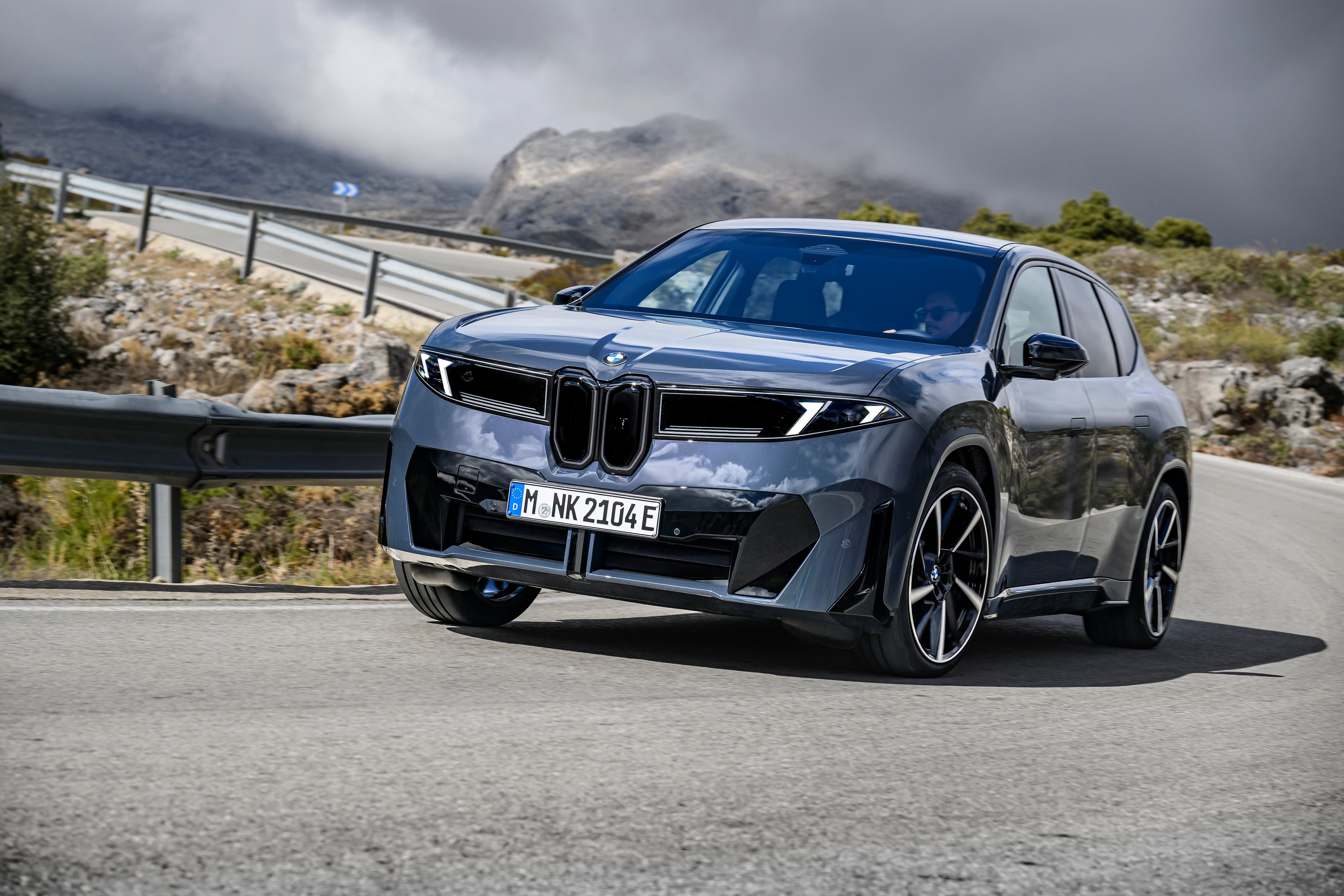ESB Networks is to invest more than €1 billion a year up to 2030 in a revised decarbonisation strategy “to futureproof Ireland’s electricity network” and make the State’s goal of net-zero emissions by 2050 a reality.
This will require deploying innovative solutions which are scalable to meet the electricity needs of the State by 2040, it said in advance of launching its Networks for Net Zero Strategy on Monday.
The new strategy will underpin an energy transition “that will enable electricity customers to adopt new technologies, products and services in the decade ahead, changing how they generate, store and consume electricity”, it said. The group intends to invest an estimated €10 billion by 2030 to develop “a smarter and more flexible electricity network”.
The plan for a “clean electric future” supports the connection of renewables and will also aim to meet anticipated increased demand for electricity in Ireland as a result of growth in industry, new housing projects and electrification of transport and heating.
READ MORE
Key priorities include enabling nine gigawatts (GW) of onshore wind; 8GW of solar PV, and at least 5GW of offshore wind with an additional for 2GW of offshore wind for green hydrogen production. As a rule of thumb, a gigawatt delivers enough energy to power 500,000 homes.
It commits to a smart distribution network and reaffirms a commitment to connect renewable generation to enable up to 80 per cent of decarbonised electricity.
It also supports Government commitments under Housing for All by connecting more than 300,000 new homes by 2030.
The strategy will involve “working collaboratively with all stakeholders towards a net-zero future, powered by clean electricity”, according to ESB Networks managing director Nicholas Tarrant.
It includes having “capability to manage up to 30 per cent of all electricity demand flexibly”. This entails domestic and commercial customers agreeing to reduce their load when requested – for instance, domestic customers charging electric cars at night rather than at peak times.
It envisages businesses increasingly shift their load – for example, data centres moving their load through using backup generation or drawing on other sites in different countries temporarily. For ESB Networks, this means having the ability to send signals to customers to reduce their load and to measure the response.
Minister for Climate Eamon Ryan said: “We are at a critical juncture in the climate crisis. Every energy group, company or organisation that I meet, I tell them that the grid is key to our renewable future.”
The strategy, he added, provided “a clear roadmap of how our electricity system will play a key role in Ireland’s transition to net zero and address climate change challenges”.
ESB Networks will recruit a significant number of people over the next five years to drive delivery of the strategy, it confirmed, “and it will also mean further developing global supply chain and contractor partner relationships”. The strategy complies with the 2030 UN sustainable development goals.
.














